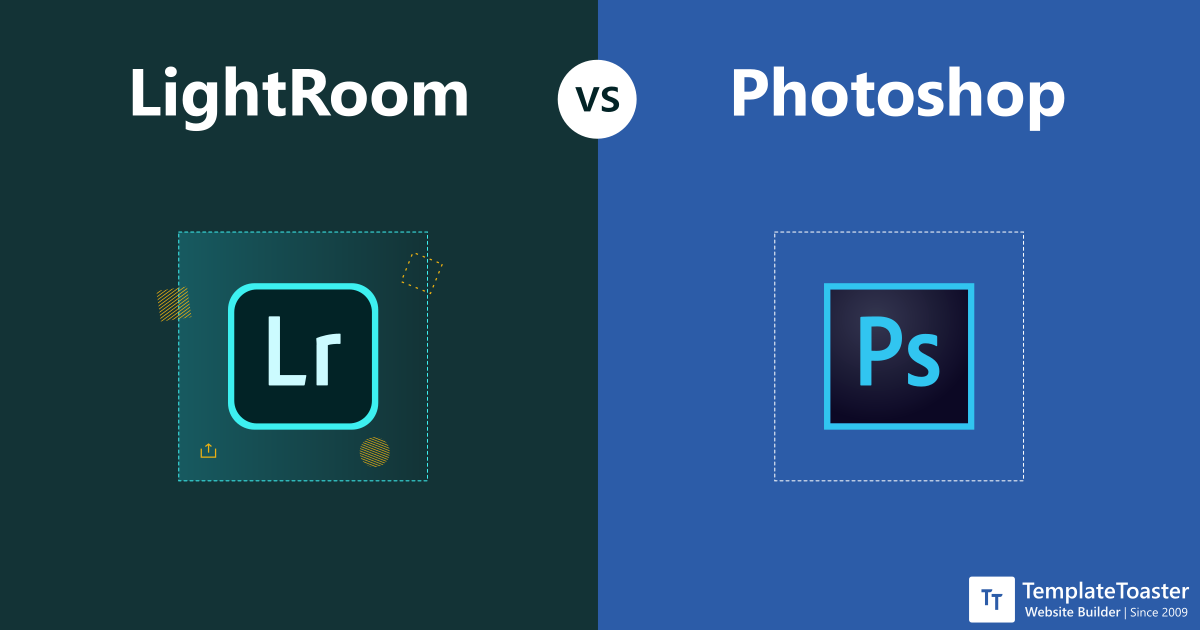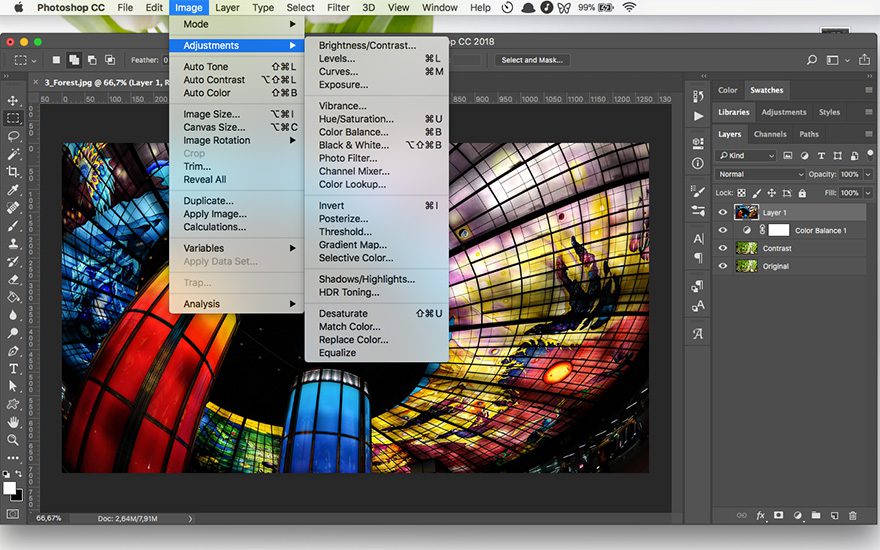
Photoshop has four healing tools, each with a different use. This also helps reduce the risk of destructive editing as simply removing the last layer can undo the accidental changes. This can be useful for replacing heads in group shots or even just one eye on a person’s face.īeing able to edit the image in layers allows photographers to be more exact with their changes.

One such editing tool is compositing, where photographers can layer images or sections of images on top of each other to create the effect they’re looking for. The vast range of tools available when editing is what makes it so useful for people in all industries. Photoshop is designed purely for image editing so this is where it excels.
Lightroom vs photoshop software#
If you’re new to the Adobe suite, some of the best elements of the software that will really benefit your editing abilities include: Photoshop is a pixel-level editor that works in layers, meaning that editors have complete control over every aspect of the image and can make changes to different parts of the image separately to create a more realized concept with each photo. From 3D animation to video editing, Photoshop is able to make incredible edits with its wide range of operations. Originally created as a simple image editing tool, Photoshop has evolved into a piece of software with applications for designers and image-makers in a number of media.
Lightroom vs photoshop how to#
It’s fair to say anybody looking to work professionally as a photographer will need to have some understanding of how to use Photoshop. Although there are many useful alternatives, Photoshop is pretty much the industry standard. Photoshop is widely recognized as one of the most powerful image editing tools available.

Photoshop and Lightroom both have their benefits for photo editors but to get the best out of the tools, you need to know both their strengths and weaknesses. A key part of that is understanding the strengths and limitations of the software you’re about to purchase. When planning your perfect editing process, it’s important to consider every option. It’s estimated that around 90% of all creatives work on Photoshop and many of these graphic designers, photographers and editors use a variety of Adobe tools to create stunning visual art.įor those just getting started in the photography industry, it can feel like there are many barriers preventing access to Adobe software, including the steep learning curve of mastering Photoshop or the price of each tool on Adobe’s new subscription-only access plans.īudding photographers may wonder whether Photoshop is really worth it or whether the less powerful, cheaper option of Lightroom is just as good in the beginning. Adobe creative software is used by those in the creative industry the world over and is some of the most-used software around today.


 0 kommentar(er)
0 kommentar(er)
